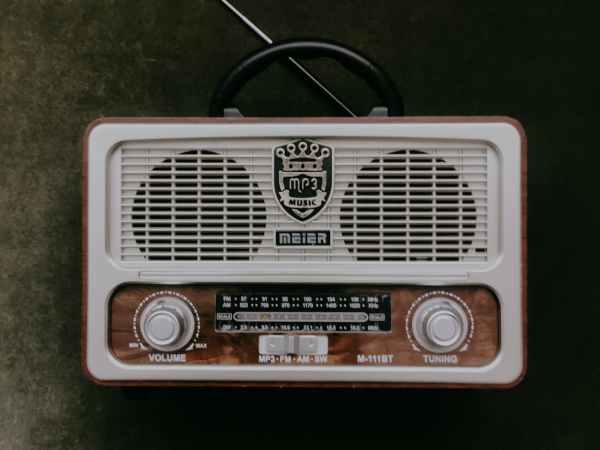- From extremely low to extremely high, frequencies are organised by the ITU for efficient use of the radio spectrum.
Before we delve into and analyse the different frequency bands present in the radio spectrum, let’s briefly review what this concept consists of.
What is the radio spectrum?
When asked what the radio spectrum is, we could answer that it is the channel through which wireless communications travel.
This spectrum is made up of electromagnetic waves that propagate through space, a limited and natural resource that is considered a public good of enormous – or even vital – importance in many sectors, notably telecommunications.
In this regard, and in accordance with Spanish legislation, Law 9/2014 of 9 May of that year – published in the Official State Gazette – defines the radio spectrum as “a public domain asset, owned and administered by the State. Such administration shall be exercised in accordance with the provisions of this title and the international treaties and agreements to which Spain is a party, in accordance with the applicable regulations of the European Union and the resolutions and recommendations of the International Telecommunication Union and other international organisations”.
On the other hand, Royal Decree 123/2017 of 24 February (approving the Regulation on the use of the public radio spectrum) explains that “the space through which radio waves can propagate is considered to be the public radio spectrum. The radio spectrum is understood to be electromagnetic waves whose frequency is conventionally set below 3,000 gigahertz and which propagate through space without artificial guidance.”
The process of receiving these waves involves converting the signal into them and, in order to be received properly, it has to go through a series of phases, such as encoding, modulation, amplification and conversion of the electrical signal into radio waves.
What are the differences between the radio spectrum and the electromagnetic spectrum?
It should be noted that there are differences between the electromagnetic spectrum and the radio spectrum, based on the fact that the latter is part of the former.
What frequency bands does the radio spectrum have?
The amount of spectrum occupied by the channel corresponding to a service, measured in hertz, is known as its bandwidth. Frequencies between 9 kHz and 100 GHz are generally ‘usable’ for communications services, as explained by the CNMC in its blog (in Spanish).
The ITU (International Telecommunication Union) explains that it must ‘ensure the rational, equitable, efficient and economical use of the radio frequency spectrum by all radiocommunication services, including satellite services’.
To this end, it organises the nomenclature of frequency bands and wavelengths used in telecommunications as follows:
- At the lowest end, we find a series of frequencies such as Tremendously Low Frequency (TLF), Extremely Low Frequency (ELF), Super Low Frequency (SLF) and Ultra Low Frequency (ULF), which are used for submarine communications. These operate below 3000 Hz.
- Next, the Very Low Frequency (VLF), Low Frequency (LF), Medium Frequency (MF), High Frequency (HF) and Very High Frequency (VHF) bands, which reach up to 300 MHz, are mainly used for broadcasting.
- Moving on to mobile telephony and data, VHF is also used, but UHF (Ultra-High Frequency) and SHF (Super High Frequency), which reaches up to 30 GHz, are also used.
- On the other hand, if we scale up to 300 GHz, we reach Extremely High Frequency (EHF), used together with SFH for satellite services and radars.
This allows for efficient use of the radio spectrum, avoiding interference and facilitating technological deployment according to capacity, coverage and propagation needs.








